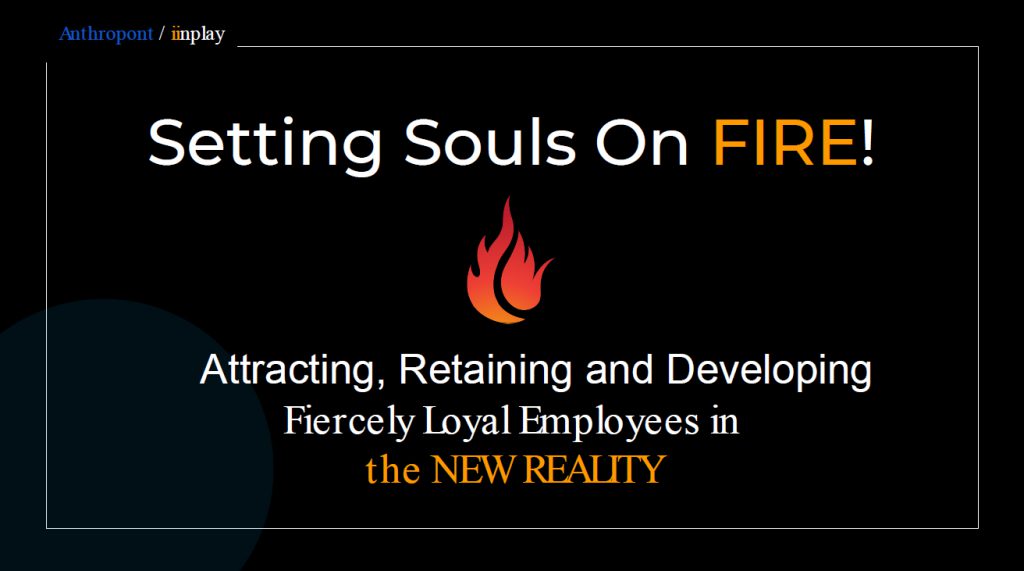As we enter 2023, companies are looking at new ways to attract and retain new talent. Energy Workforce Member Anthropont has gathered resources that can be immediately implemented and drive awareness of the top workforce issues of the day.
“More than 19 million U.S. workers have quit their jobs since April 2021, a record pace that’s disrupting businesses everywhere,” said Advisory Board Member Dave Warnick, Anthropont. “It’s being defined as the Great Resignation. But rather than working to understand the true causes, too many companies are jumping to well-intentioned quick fixes of pay bumps and bonuses that worked for previous generations. Those same quick fixes now leave the rising generation feeling transactional rather than appreciated and understood.”
Warnick said there is a lasting solution to this issue that focuses on providing employees with a genuine sense of purpose
“This rising generation of workers view employment very differently than previous generations, and it’s created a new reality, which is an unprecedented challenge in acquiring, retaining and developing desperately needed talent. It’s a problem that is costing companies millions in recruitment and training costs and even more in lost revenue opportunities in the marketplace,” he said.
ACCESSING THIS TALENT POOL: Five things companies can do TODAY
- Clearly Define a Purposeful Objective
People thrive most in environments that deliver opportunities to work towards objectives that match their value systems. In the gaming world, games with the most fiercely loyal followings deliver clearly defined, purposeful gameplay objectives. Companies that follow that same example of clearly defining purposeful objectives in their business models will successfully access that same loyalty. - Adopt a “Bottom Up” Development System
Game developers learned early on that the long-term success of a game comes from the collective feedback of players. This same “bottom up” development system can leverage your employee’s collective creativity. It will generate relevant solutions to company challenges while delivering real-time competitive advantage in the marketplace. - Minimize Barriers to Entry
Fundamental to the enjoyment and player’s success in gaming culture is minimizing skill and cost-based barriers to entry. Skill development happens in-game as players learn, develop skills and thrive over time. Companies can replicate this success by creating in-house training / “earn while you learn” development programs. Doing so maximizes reach to next generation workforce talent, develops skills customized to your company and builds lasting fierce loyalty. - Implement Digital Gamification
When digital gamification is implemented correctly, it fosters employee engagement and reduces turnover, as well as creates team building and increased awareness of company objectives. - Review, Revise, Adapt
In this new reality, companies need to do a thorough, comprehensive and objective review of their culture, leadership, skills development processes, mentoring and onboarding. And they need to determine if their current HR policies align with the new reality of the next generation workforce.
ADDITIONAL MEMBER COMPANY RECOMMENDATIONS
- Talent Developers Have New Pipeline to Employers
- Opportunity at Work
- Upskill Houston Initiative
- Guild Education: Companies who are partnering with Guild Education are offering creative benefits to employees and dependents
Roni Ashley, Director Operations, writes about the Energy Workforce’s membership, workforce development and more. Click here to subscribe to the Energy Workforce newsletter, which highlights sector-specific issues, best practices, activities and more.





